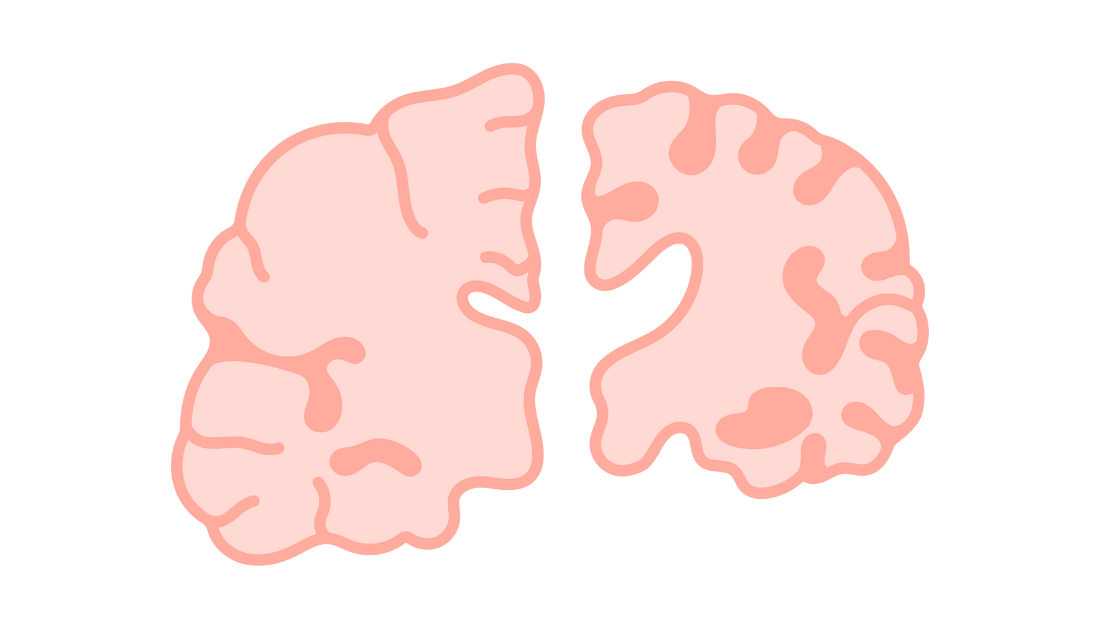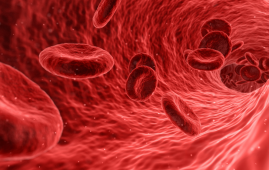

Huntington’s disease, which causes involuntary motions and dementia and is deadly, has no cure. For the first time, UC Riverside researchers have demonstrated that they can limit its spread in flies and worms, paving the way for human therapy.
The process by which genetic information in cells is transferred from DNA to RNA and ultimately to proteins is critical to comprehending these advances. DNA is made up of nucleotides such as adenine (A), thymine (T), guanine (G), and cytosine (C). What biological instructions are present in a strand of DNA are determined by the arrangement of these nucleotides.
Some DNA nucleotides repeat themselves on sometimes, lengthening the DNA strand. This expansion occurs in Huntington’s disease with three nucleotides, cytosine-adenine-guanine, or CAG.
Expansion into an unusually large number of repetitive CAG sequences of DNA is linked to an earlier onset and severity of Huntington’s disease symptoms. Similar findings have been made for a variety of different neurodegenerative illnesses.
When these DNA repeats are translated into RNA, an unintended consequence occurs. The excess RNA accumulation is chemically modified by the cell. Wang and his colleagues discovered that the changed RNA plays an important function in neurodegeneration.
“We are the first to discover that methylation, a type of chemical modification, occurs more frequently with extra repeats in RNA.” Then we detect aberrant protein distribution and accumulation in cells,” said Yinsheng Wang, renowned UCR professor of chemistry. “In other words, methylation converts an important cellular protein into waste.”
These findings corroborate previous discoveries for the same protein in Huntington’s disease, ALS, and frontotemporal dementia patients’ brain tissues. Longer RNA repeats indicate a higher modification rate, which results in more protein waste and worsens illness.
“Even healthy people have up to 34 CAG repeats on a particular gene, the HTT gene,” Wang told me. However, due to environmental or genetic causes, there might be as many as 100 CAG repeats in the cells of people with Huntington’s disease.”
Long, repeating RNA sequences can produce an overabundance of protein in cells, resulting in “cellular trash,” which is harmful.
A recent Nature journal paper describes how RNA methylation on CAG repeats plays a role in the complicated system that underpins Huntington’s disease. The article also describes how the researchers used a protein that eliminates methylation to slow the course of disease in worms and fruit flies and to lengthen the lifetime of flies.
There is no way to cure or even delay the progression of Huntington illness at the moment. Medications are commonly prescribed by doctors to alleviate certain ailments. While this is not a cure, it does indicate the possibility of an effective therapy when none previously existed.
The study team, which includes UCR professors Weifeng Gu, X. William Yang, and Nancy M. Bonini, is now looking for tiny compounds that can suppress methylation and form the basis of a Huntington’s therapy.
Because RNA repeats are seen in other deadly, degenerative diseases, such as ALS and some types of spinocerebellar ataxia, the door to therapy for these other fatal, degenerative diseases is now open.
“We don’t think the mechanisms we studied are the only ones that contribute to Huntington’s,” said Wang. “However, we have shown that by targeting them we can reduce the disease in model organisms, which could lead to longer, better lives for those who suffer from this and potentially other diseases as well.”
more recommended stories
 Fat-Regulating Enzyme Offers New Target for Obesity
Fat-Regulating Enzyme Offers New Target for ObesityKey Highlights (Quick Summary) Researchers identified.
 Spatial Computing Explains How Brain Organizes Cognition
Spatial Computing Explains How Brain Organizes CognitionKey Takeaways (Quick Summary) MIT researchers.
 Gestational Diabetes Risk Identified by Blood Metabolites
Gestational Diabetes Risk Identified by Blood MetabolitesKey Takeaways (Quick Summary for Clinicians).
 Phage Therapy Study Reveals RNA-Based Infection Control
Phage Therapy Study Reveals RNA-Based Infection ControlKey Takeaways (Quick Summary) Researchers uncovered.
 Pelvic Floor Disorders: Treatable Yet Often Ignored
Pelvic Floor Disorders: Treatable Yet Often IgnoredKey Takeaways (Quick Summary) Pelvic floor.
 Urine-Based microRNA Aging Clock Predicts Biological Age
Urine-Based microRNA Aging Clock Predicts Biological AgeKey Takeaways (Quick Summary) Researchers developed.
 Circadian Control of Neutrophils in Myocardial Infarction
Circadian Control of Neutrophils in Myocardial InfarctionKey Takeaways for HCPs Neutrophil activity.
 E-Cigarette Use and Heart Attack Risk in Former Smokers
E-Cigarette Use and Heart Attack Risk in Former SmokersKey Takeaways for Clinicians and Nurses.
 36-Week Pre-eclampsia Screening May Reduce Term Risk
36-Week Pre-eclampsia Screening May Reduce Term RiskA New Preventive Strategy for Term.
 Cardiovascular Risk and Sudden Cardiac Death in Diabetes
Cardiovascular Risk and Sudden Cardiac Death in DiabetesRising Sudden Cardiac Death (SCD) Risk.

Leave a Comment